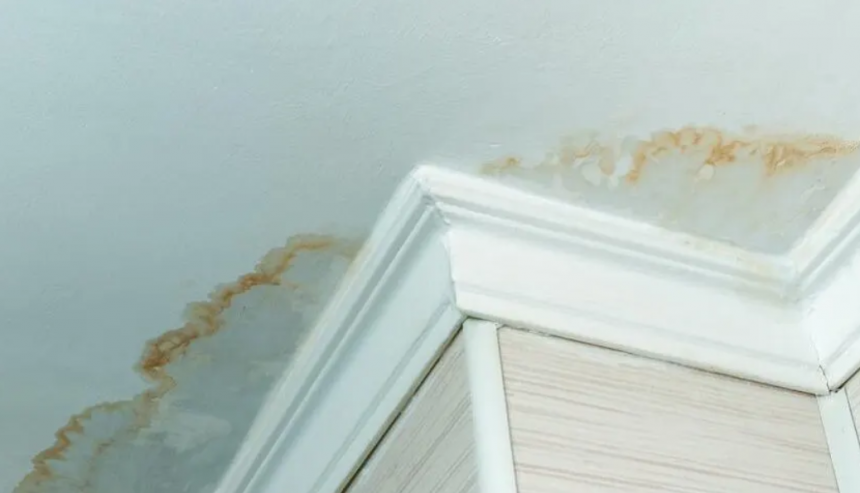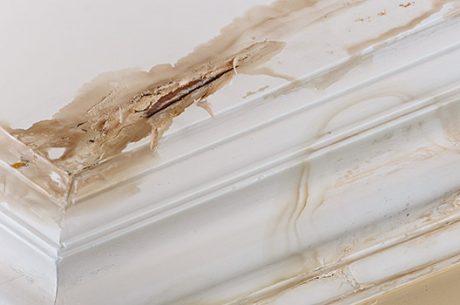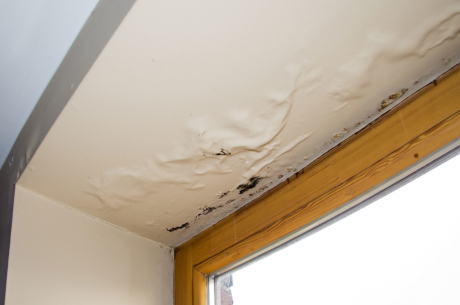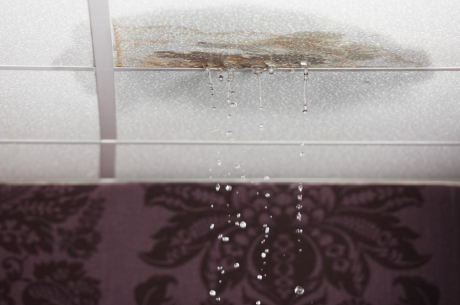Table of Contents
Water Stains on Ceiling
Water stains on ceiling are more than just an eyesore—they’re a red flag for potential damage lurking above. Whether you’ve noticed a faint yellowish ring or a darker, more prominent patch, it’s crucial to act quickly. Water stains often indicate a hidden issue, such as a leaky roof, faulty plumbing, or improper ventilation. Ignoring them can lead to bigger problems like mold growth, structural damage, and costly repairs.
In this post, we’ll explore the common causes of water stains on ceilings, how to identify the root of the problem, and the steps you can take to fix it effectively. Whether it’s a quick patch job or a more complex repair, addressing water stains promptly can save you time, money, and headaches down the road. Let’s dive in and get your home back to its best condition.
Common Causes of Water Stains on Ceilings
Roof Leaks
One of the most common culprits behind water stains on ceilings is a leaky roof. Damaged shingles, cracks in the flashing, or worn-out seals around chimneys and vents can allow rainwater to seep into your attic and eventually penetrate the ceiling. Over time, even a small leak can cause significant damage if left untreated.
Plumbing Issues
Water stains may also result from plumbing leaks, particularly if the stains are located directly beneath bathrooms, kitchens, or laundry rooms. A burst pipe, loose joint, or faulty appliance connection can allow water to escape and soak through the ceiling below. Hidden leaks can be especially tricky to identify, making it important to act fast when stains appear.
Condensation
Poor ventilation in attics, bathrooms, or kitchens can lead to excessive moisture build-up. This moisture can collect on surfaces and eventually drip onto the ceiling, creating unsightly stains. Condensation-related issues are more likely to occur in colder months when warm air inside the home meets cooler surfaces.
HVAC Problems
An improperly installed or malfunctioning HVAC system can also be a source of water stains. Condensation from air ducts, especially in humid areas, can drip onto your ceiling. In some cases, a clogged condensate drain or a faulty humidifier connected to your HVAC system may also cause water leakage.
Ice Dams
In colder climates, ice dams can form along the edges of your roof, preventing melted snow from draining properly. This trapped water can then seep under the shingles and into your attic, eventually causing water stains on your ceiling. Ice dams are especially problematic for homes with poor insulation or ventilation in the attic.
How to Fix Water Stains on Ceilings
Once you’ve identified the cause of the water stain, addressing it quickly is key to preventing further damage. Here’s a step-by-step guide to fixing water stains on your ceiling:
Fix the Source of the Leak
Before addressing the cosmetic stain, it’s essential to repair the underlying issue. If it’s a roof leak, contact a roofing professional to replace damaged shingles or repair flashing. If it’s a plumbing issue, have a plumber fix or replace faulty pipes. Failing to stop the source of water will lead to recurring stains and more significant problems down the line.
Dry the Affected Area
Once the leak is fixed, ensure the ceiling is completely dry. You can use fans, dehumidifiers, or open windows to improve air circulation and speed up the drying process. If the water damage is extensive, it may be necessary to remove the wet ceiling material (such as drywall) and replace it to prevent mold growth.
Clean the Stain
Depending on the severity of the stain, you may be able to clean it with a solution of water and bleach (1 part bleach to 3 parts water). Use a sponge or cloth to gently scrub the stain, then allow the area to dry completely. This will help remove any discoloration caused by mildew or algae that might have developed due to moisture.
Prime the Ceiling
Water stains can often bleed through regular paint, so applying a stain-blocking primer is essential before repainting. Choose a high-quality primer designed for water-damaged areas. Make sure to apply it evenly over the stain and surrounding areas, extending slightly beyond the stained region to ensure full coverage.
Repaint the Ceiling
Once the primer is dry, you can repaint the ceiling. Use a ceiling paint that matches your existing color or repaint the entire ceiling for a uniform finish. For best results, use two coats of paint, allowing each coat to dry fully before applying the next.
Inspect for Mold
While fixing water stains, be mindful of mold, especially if the leak had been ongoing for some time. Mold can pose serious health risks and spread quickly if not treated properly. If you notice any signs of mold, it’s important to have a professional conduct a thorough inspection and remediation.
When To Call a Professional
You should call a professional if the source of the water stain is unclear, if the leak involves your roofing, plumbing, or HVAC system, or if there is extensive damage, such as sagging ceilings, persistent mold, or large water spots. Professionals can accurately diagnose hidden leaks, ensure the underlying issue is properly fixed, and prevent further complications like structural damage or mold growth.
Additionally, if you notice any signs of mold, it’s critical to seek expert help for safe remediation, as improper handling can lead to health risks. Professional restoration services can also guarantee the quality and longevity of the repairs.
How to Prevent Water Stains on Ceilings
Preventing water stains is all about regular maintenance and early detection of potential issues. Here are some proactive steps you can take to avoid future water stains on your ceiling:
Inspect Your Roof Regularly
Check for damaged or missing shingles, cracked flashing, or any signs of wear and tear on your roof, especially after heavy storms. Address small roof issues promptly to prevent leaks.
Maintain Your Gutters
Clogged or damaged gutters can cause water to back up and seep into your roof. Clean your gutters regularly and ensure that downspouts direct water away from your home’s foundation.
Check for Plumbing Leaks
Regularly inspect the pipes in your home, especially in areas prone to leaks such as under sinks, behind toilets, and near water heaters. Repair any leaks immediately to prevent water from reaching your ceiling.
Ensure Proper Ventilation
Proper ventilation in attics, bathrooms, and kitchens helps prevent condensation, which can lead to water stains. Use exhaust fans in moisture-prone areas and ensure your attic is well-ventilated to avoid moisture buildup.
Insulate Your Home
Make sure your attic and walls are properly insulated to prevent the formation of ice dams in colder months. This can also reduce the risk of condensation buildup on ceilings.
Maintain Your HVAC System
Have your HVAC system inspected regularly to prevent water-related issues. Clean air ducts, check condensate drains, and ensure your system is running efficiently to avoid leaks from condensation.
In conclusion, Water stains on your ceiling are more than just a cosmetic issue—they’re a signal that something may be wrong with your home. Addressing the problem promptly and properly is essential to avoiding more extensive damage like mold growth or structural issues.
While some minor stains can be handled on your own, it’s important to recognize when professional help is needed to ensure a thorough and lasting repair. With regular maintenance and quick action, you can prevent water stains and keep your home safe and dry for years to come.
Fast Solution to Drying Ceiling after Water Damage in New Jersey
PuroClean Emergency Recovery Services in New Jersey, with their years of experience and IICRC certification, stand as your reliable partners in home restoration. For immediate assistance with ceiling leak repair and water damage cleanup in New Jersey, contact us on (877) 750-7876.




 PuroClean Emergency Recovery Services
PuroClean Emergency Recovery Services